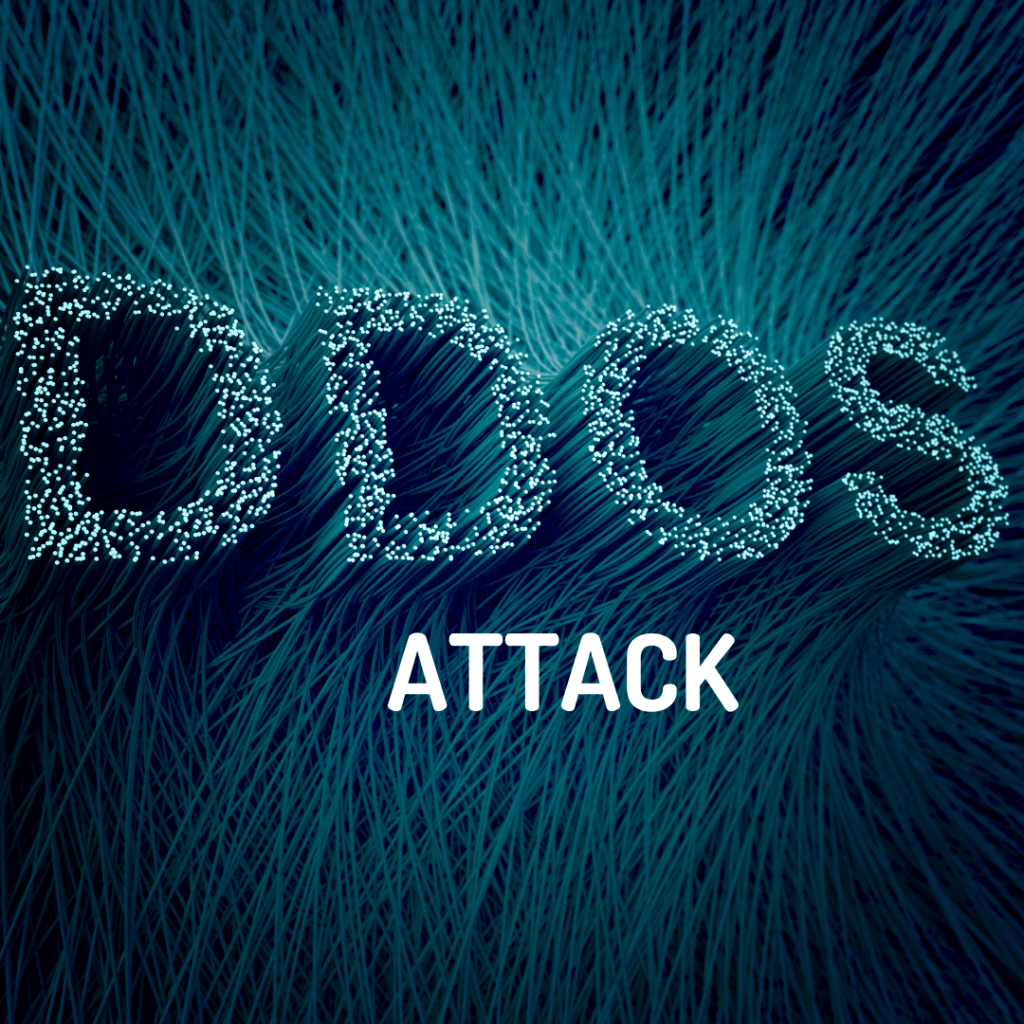
A DDoS attack, or distributed denial of service attack, is a cyber-attack that uses network resource limits to effectively overwhelm and shut down a website or other networked resource.
This attack takes advantage of specific capacity limits that apply to any network resource, such as the infrastructure that enables the company’s website. The DDoS attack sends multiple requests to the targeted web resource, intending to overwhelm the website’s ability to handle multiple requests and prevent it from functioning correctly.
The target of these attacks is usually Internet shopping sites, online casinos, or any business or organization that relies on providing online services. In some cases, the goal of the DDoS attack may be to discredit or damage the reputation and operation of some other organization.
Network resources (such as web servers) have a finite limit on the number of requests they can handle at any time.
In addition to the server capacity limit, the channel that connects the server to the Internet has limited bandwidth. When the number of requests exceeds the capacity limits of the infrastructure components, the level of service is likely to be affected in the following ways:
- Response to requests will be much slower than usual.
- User requests may be ignored.
As a rule, the attacker’s primary intention is to completely prevent the normal operation of the web resource, a total “denial” of service.
How to protect your network against DDoS attacks?
These attacks are one of the most common and dangerous threats facing today’s networks. To protect your network against DDoS attacks, it is important to take a series of proactive measures. These measures are staying alert against potential threats, using tools for continuous monitoring and analysis of your network, and implementing firewalls and other security measures.
Here are several actions recommended by our partner AWS to protect you from these attacks:
- Reduces surface area exposed to attack
We want to ensure that we do not expose our applications or resources to ports, protocols, or applications from which they do not expect communication. Minimizing potential attack points allows us to focus our efforts on mitigating them. In some cases, we can do this by placing our computing resources behind content delivery networks (CDNs) or load balancers and restricting direct Internet traffic to certain parts of our infrastructure, such as database servers.
- Plan for scaling
There are two key considerations for mitigating large-scale volumetric DDoS attacks, bandwidth (or transit) capacity and the server’s ability to absorb and mitigate attacks:
- Transit capacity. When designing your applications, ensure that your hosting provider provides ample and redundant Internet connectivity to handle large traffic volumes.
- Server capacity. Most DDoS attacks are volumetric attacks that use a lot of resources. Therefore, it is essential that you can quickly scale your computing resources.
- Know your usual traffic volumes
Whenever we detect high levels of traffic hitting a host, the basis is to be able to accept only the traffic that our host can handle without affecting availability. This concept is called rate limiting. More advanced protection techniques can go a step further and only intelligently accept legitimate traffic when individual packets are analyzed. Therefore, you must understand the characteristics of the traffic generally received by the target and be able to compare each packet against this baseline.
- Deploys firewalls for sophisticated attacks
A good practice is to use firewalls. Due to the unique nature of these attacks, you should be able to easily create custom mitigations against illegitimate requests that might have characteristics such as disguising themselves as good traffic or coming from incorrect IP addresses, unexpected geographies, etc. They are very useful for mitigating attacks, as they can get professional support to study traffic patterns and create custom protections. Beyond Technology has partnered with next-generation hardware, such as Juniper firewalls.
We have already seen that DDoS attacks are one of the most common and dangerous threats facing today’s networks. There is nothing better than relying on cybersecurity experts to implement an effective and tailored strategy. An attack could occur at any scale and size of an organization. Please approach Beyond Technology and ask for advice. We are here to help.
